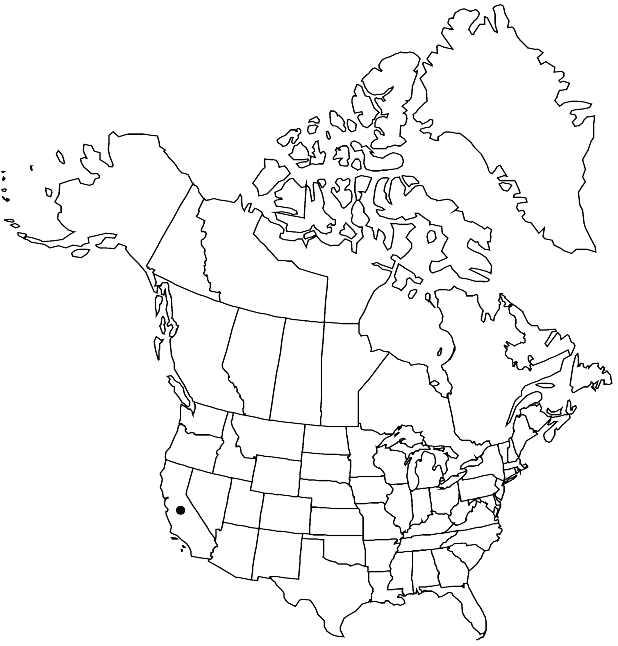Boechera rubicundula
Harvard Pap. Bot. 11: 273. 2007.
Perennials; long-lived; apomictic; caudex woody. Stems usually 1 per caudex branch, arising from center of rosette, often somewhat elevated above ground surface on woody base, 1–5 dm, densely pubescent proximally, trichomes simple, 0.5–1 mm, mixed with long-stalked, 2- or 3-rayed ones, 0.1–0.5 mm, moderately to sparsely pubescent distally. Basal leaves: blade oblanceolate, 4–8 mm wide, margins denticulate, ciliate along petiole, trichomes to 1 mm, surfaces densely pubescent, trichomes long-stalked, 2–5-rayed, 0.1–0.5 mm. Cauline leaves: 8–25, often concealing stem proximally; blade auricles 1–3 mm, surfaces of distalmost leaves moderately pubescent. Racemes 12–34-flowered, usually unbranched. Fruiting pedicels divaricate-ascending to horizontal, straight, 5–10 mm, pubescent, trichomes spreading, simple and 2-rayed. Flowers ascending at anthesis; sepals pubescent; petals purplish, 6–8 × 2–2.5 mm, glabrous; pollen spheroid. Fruits divaricate-ascending to horizontal, not appressed to rachis, not secund, straight or slightly curved, edges parallel, 4–8 cm × 1.7–2.2 mm; valves glabrous; ovules 70–102 per ovary; style 0.1–0.3 mm. Seeds uniseriate, 1.4–1.8 × 1–1.3 mm; wing continuous, 0.1–0.2 mm wide.
Phenology: Flowering Apr–May.
Habitat: Mountain slopes
Elevation: ca. 1200 m
Discussion
Morphological evidence suggests that Boechera rubicundula is an apomictic species that arose through hybridization between B. arcuata and B. breweri (see M. D. Windham and I. A. Al-Shehbaz 2007 for detailed comparison). It is known only from the type locality on Mt. Day in west-central California.
Selected References
None.
